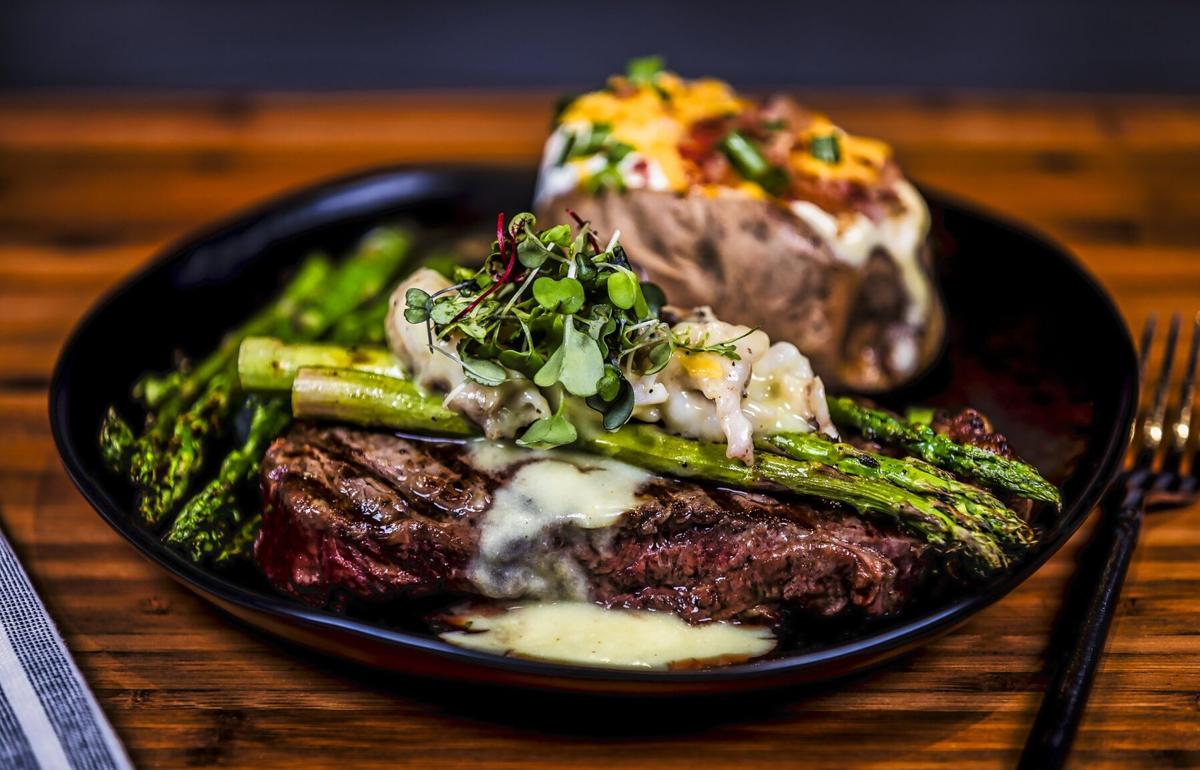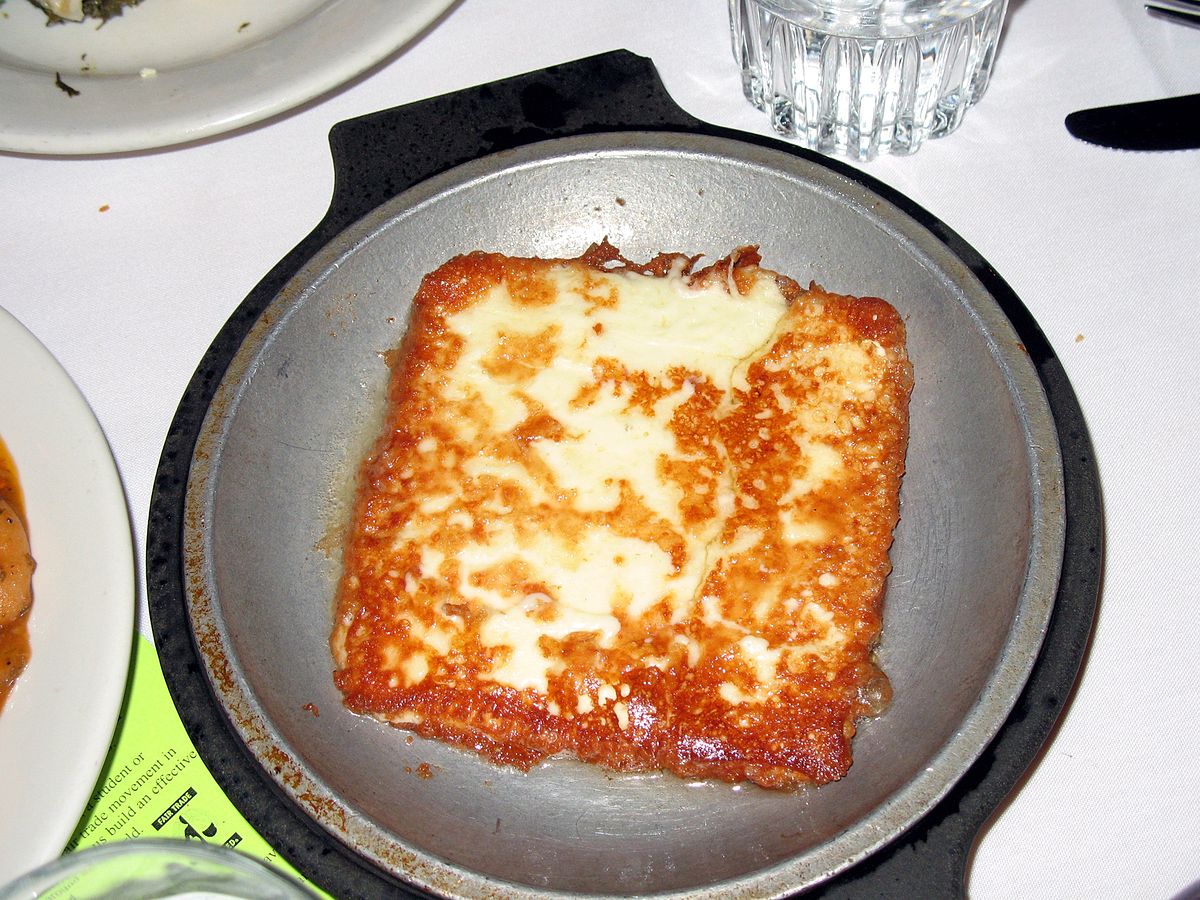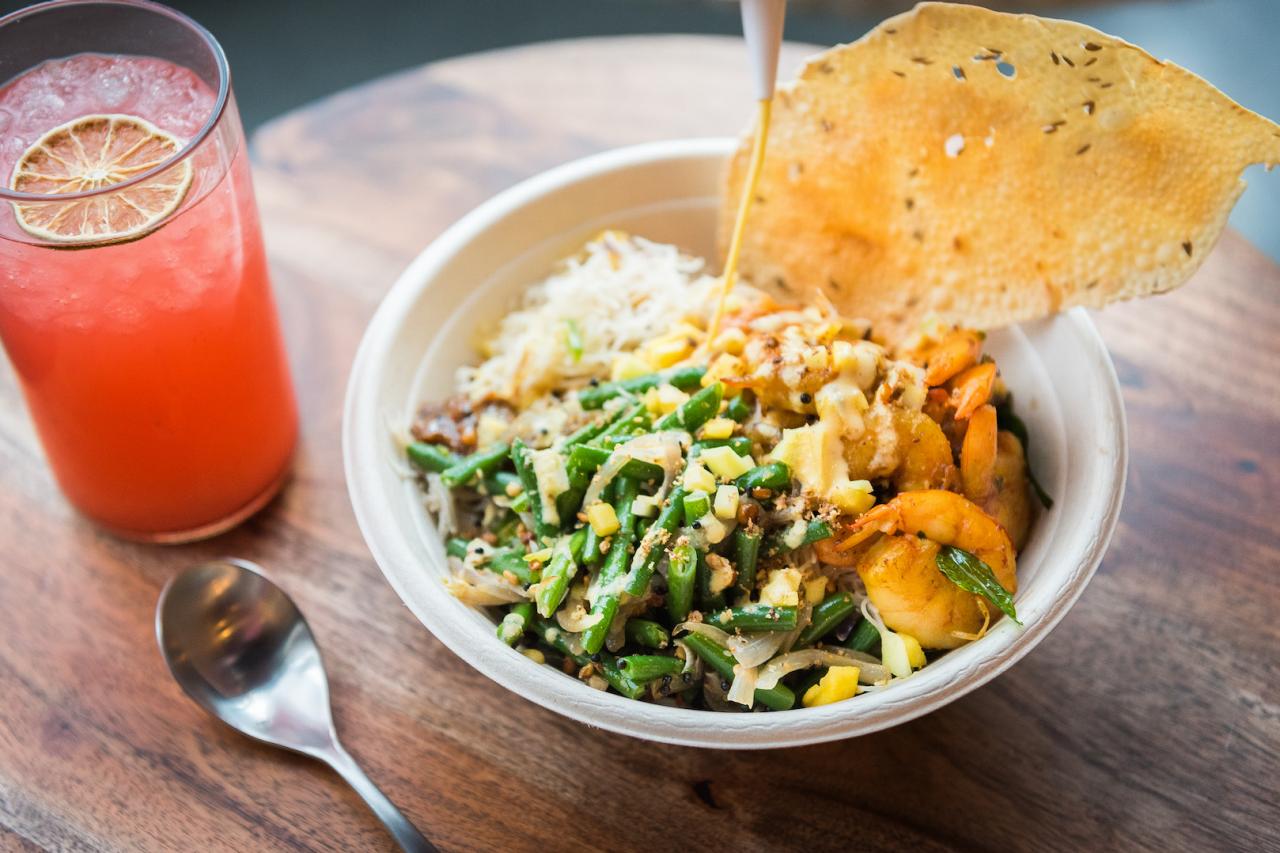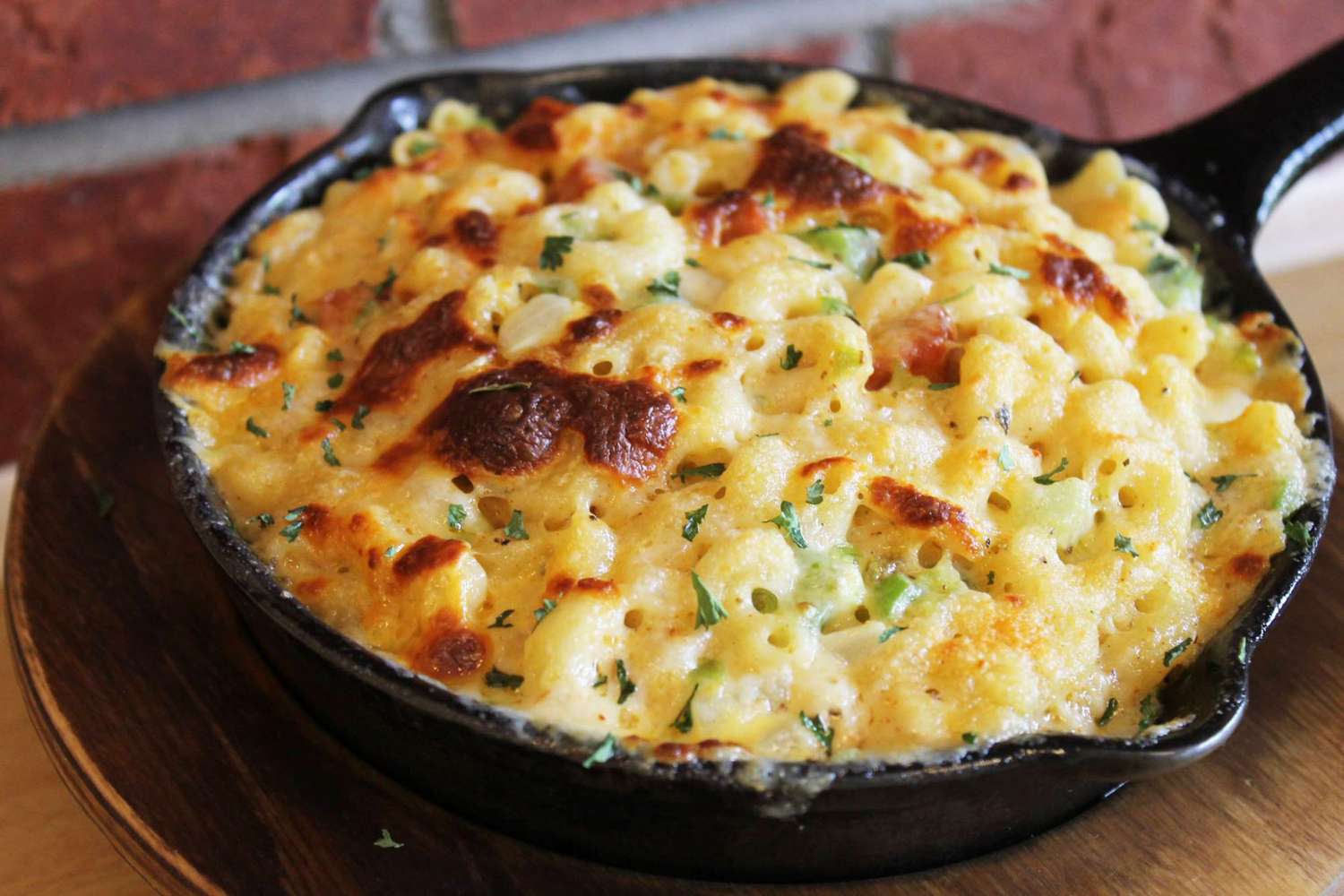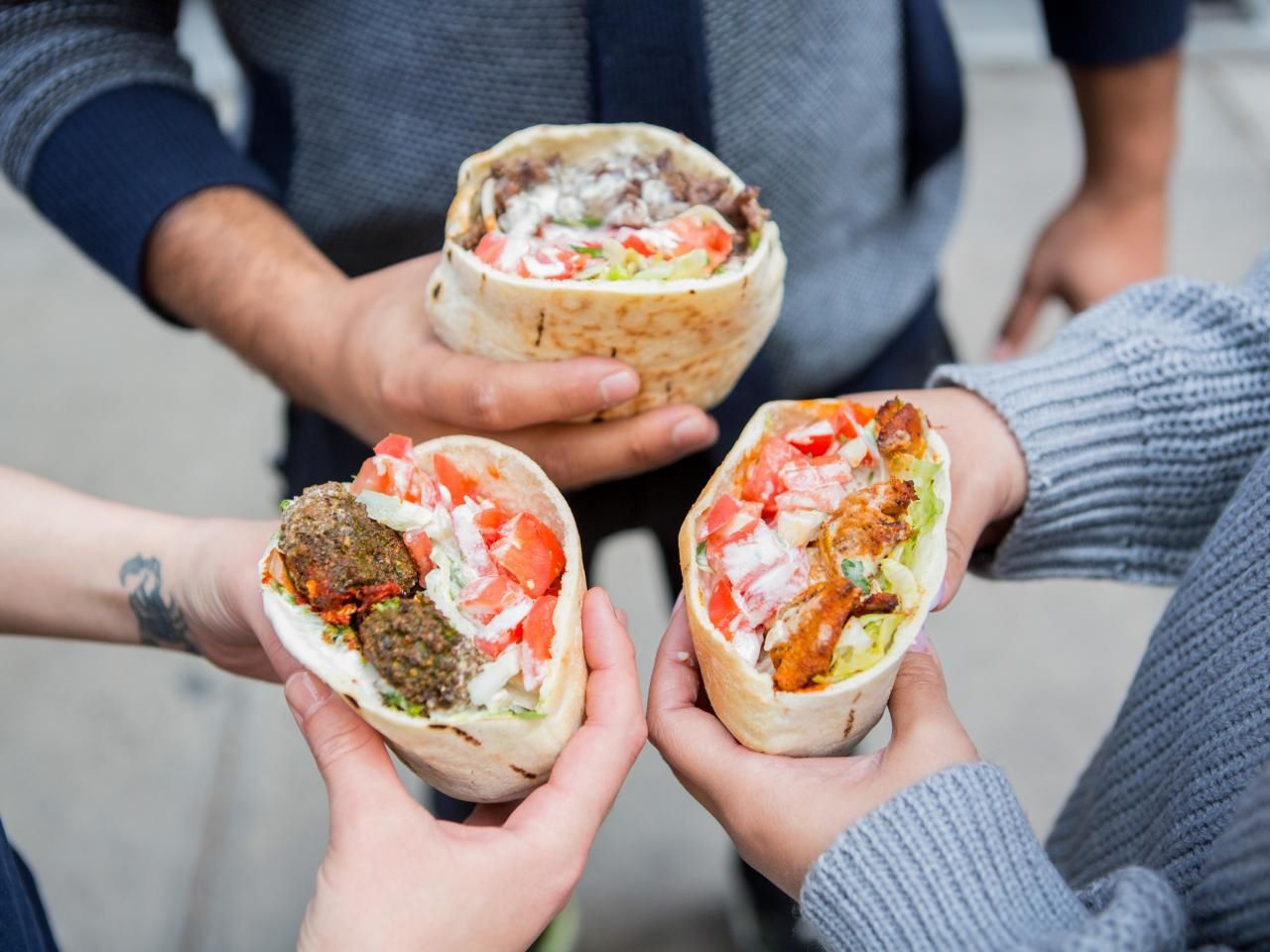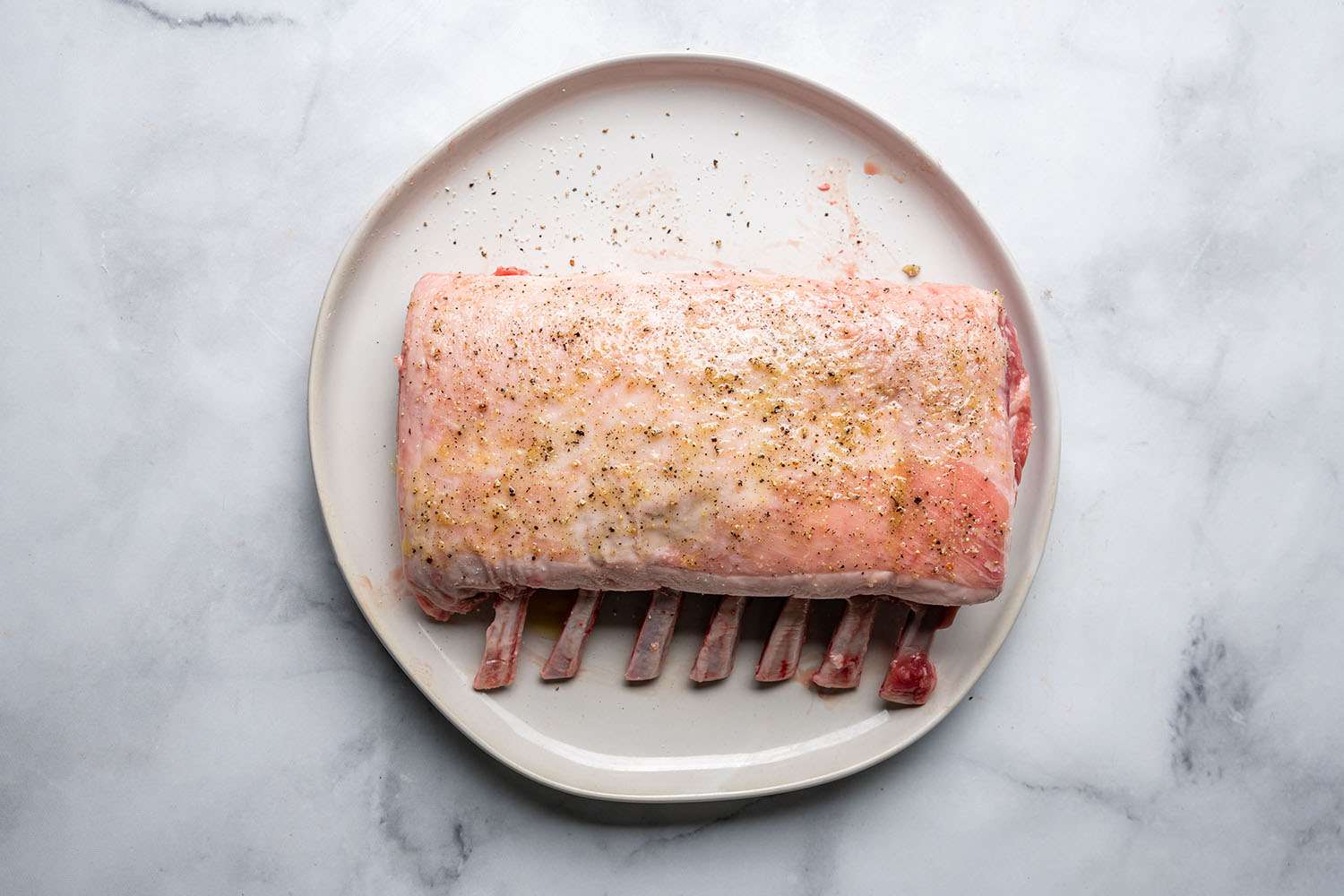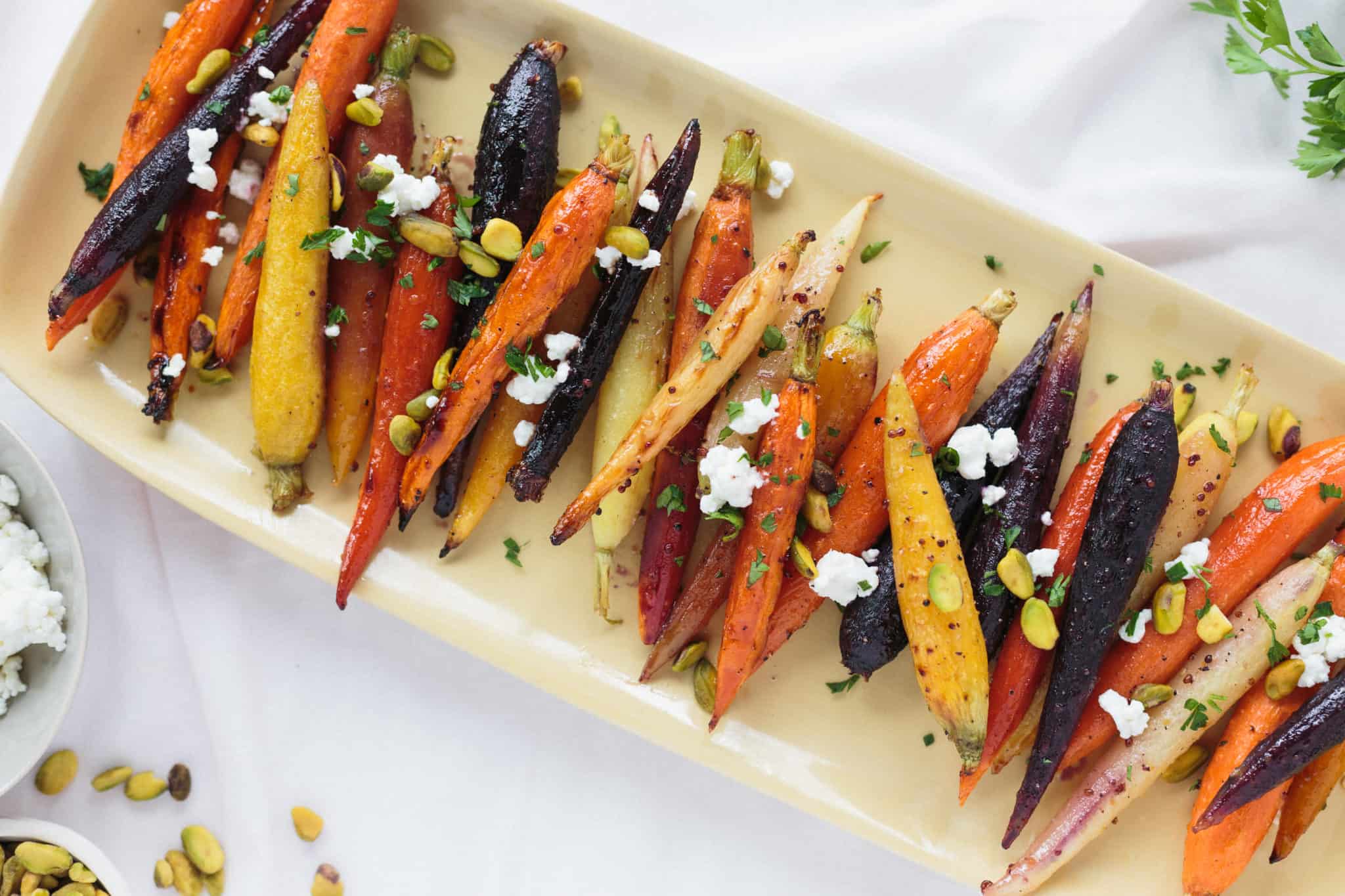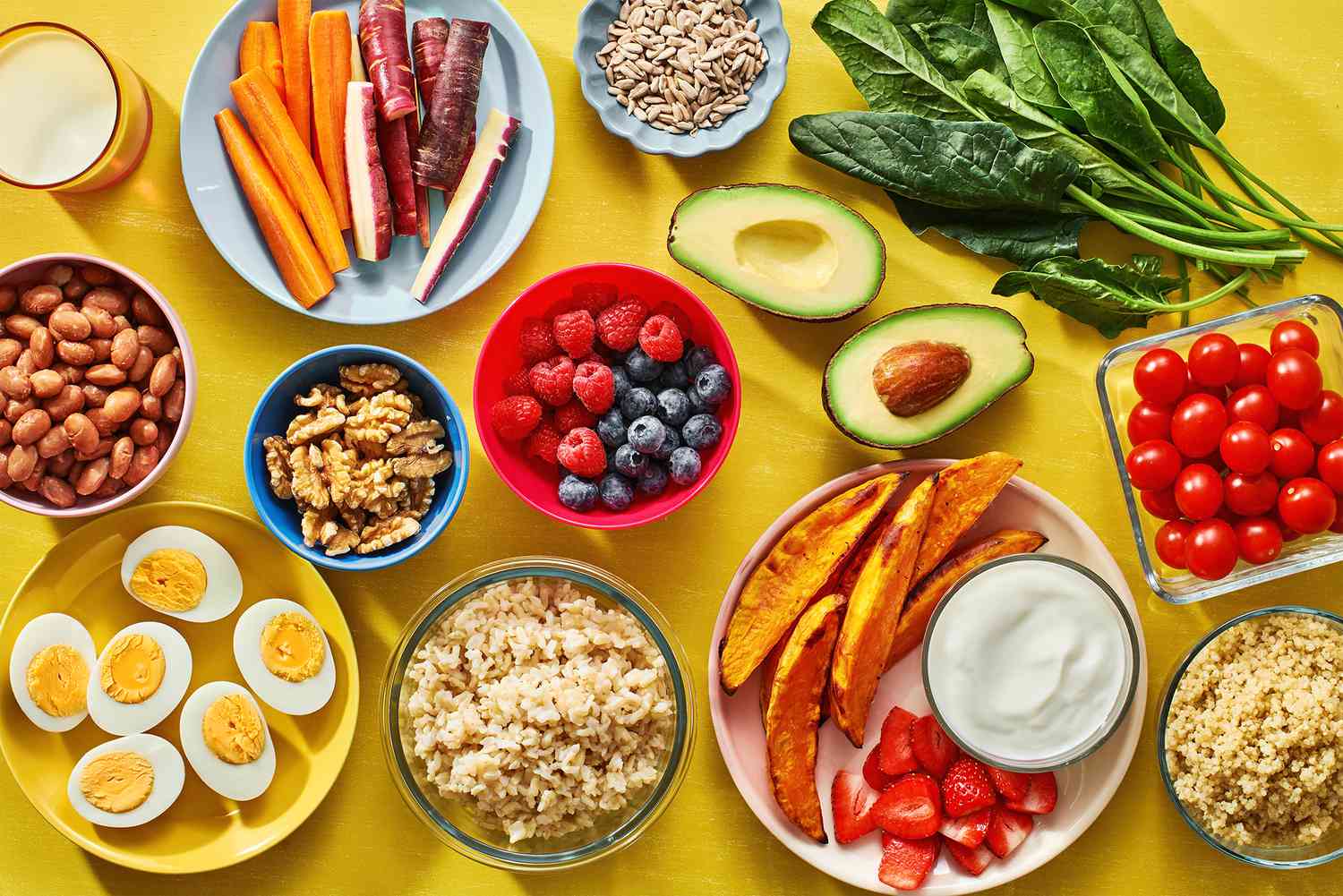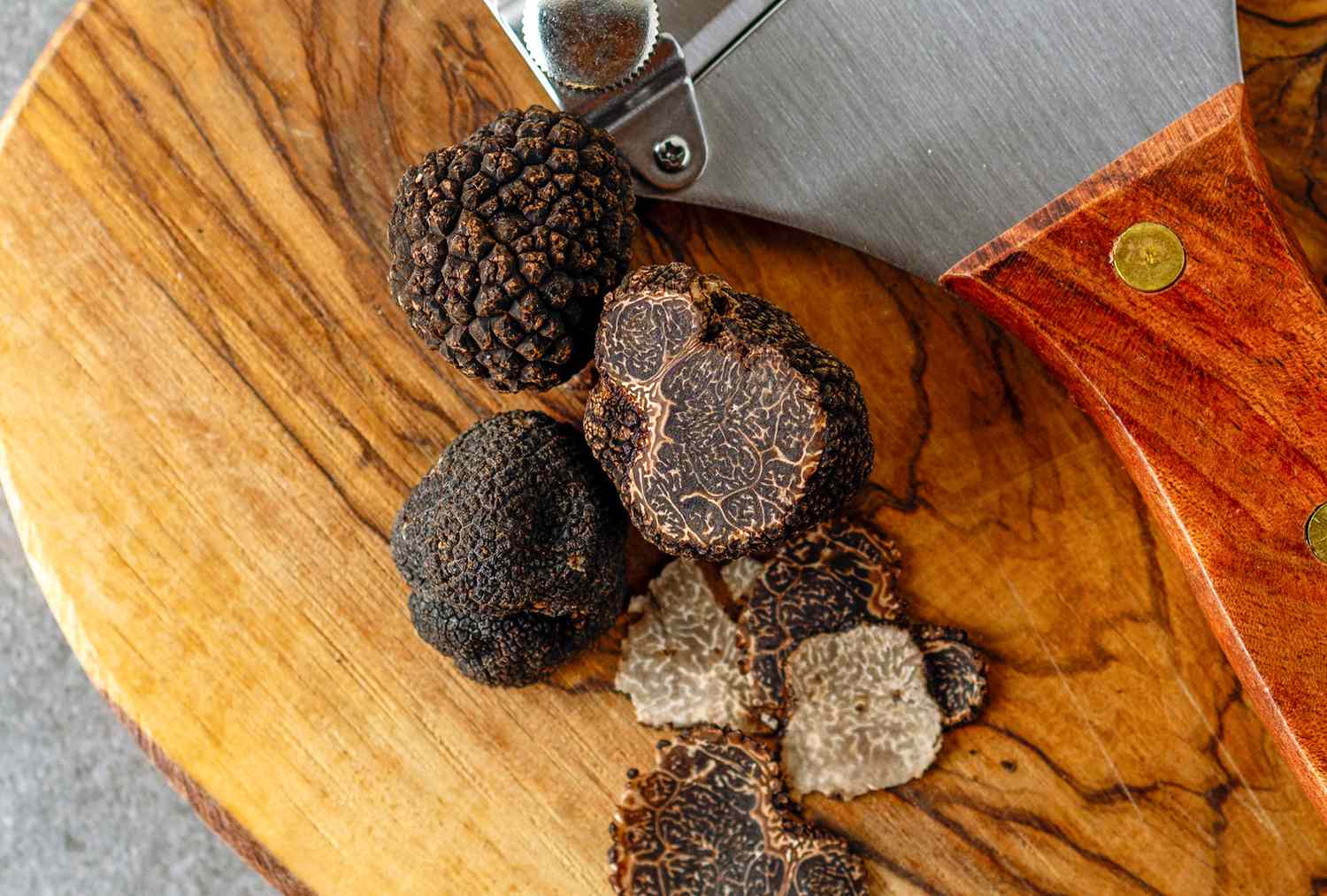Hospital food often gets a bad rap, but times are changing. Many hospitals now offer gourmet twists on traditional cafeteria menus, making meals both nutritious and delicious. Imagine enjoying a quinoa salad with roasted vegetables or a perfectly grilled salmon fillet while recovering. These upgraded options not only boost patient morale but also promote faster healing. Fresh ingredients, creative recipes, and attention to dietary needs are transforming hospital dining experiences. Whether you're a patient, visitor, or staff member, these gourmet options provide a welcome break from the usual bland fare. Get ready to rethink hospital food!
Essential Ingredients for a Gourmet Hospital Menu
Gourmet Twists on Hospital Cafeteria Menus
Salmon Quinoa Salad
- 1 cup quinoa
- 2 cups water
- 1 lb salmon fillet
- 1 tbsp olive oil
- 1 lemon, juiced
- 1 cucumber, diced
- 1 cup cherry tomatoes, halved
- 1/4 cup red onion, finely chopped
- 1/4 cup feta cheese, crumbled
- Salt and pepper to taste
Chicken and Vegetable Stir-Fry
- 2 chicken breasts, sliced thin
- 2 tbsp soy sauce
- 1 tbsp sesame oil
- 1 bell pepper, sliced
- 1 cup broccoli florets
- 1 carrot, julienned
- 2 cloves garlic, minced
- 1 tbsp ginger, grated
- 1/4 cup green onions, chopped
- 1 tbsp cornstarch mixed with 2 tbsp water
Vegetarian Lentil Soup
- 1 cup lentils, rinsed
- 4 cups vegetable broth
- 1 onion, diced
- 2 carrots, sliced
- 2 celery stalks, chopped
- 2 cloves garlic, minced
- 1 can diced tomatoes (14.5 oz)
- 1 tsp cumin
- 1 tsp paprika
- 1 bay leaf
- Salt and pepper to taste
Fruit and Yogurt Parfait
- 2 cups Greek yogurt
- 1 cup granola
- 1/2 cup strawberries, sliced
- 1/2 cup blueberries
- 1/2 cup raspberries
- 2 tbsp honey
- 1 tsp vanilla extract
Whole Wheat Veggie Wrap
- 4 whole wheat tortillas
- 1 cup hummus
- 1 avocado, sliced
- 1 cup spinach leaves
- 1/2 cup shredded carrots
- 1/2 cup bell pepper, sliced
- 1/4 cup red onion, thinly sliced
- 1/4 cup feta cheese, crumbled
Baked Sweet Potato Fries
- 2 large sweet potatoes, cut into fries
- 2 tbsp olive oil
- 1 tsp paprika
- 1/2 tsp garlic powder
- 1/2 tsp salt
- 1/4 tsp black pepper
Tools Needed for Gourmet Twists
Tools Needed for Gourmet Twists on Hospital Cafeteria Menus
-
Chef's Knife
- Essential for chopping, slicing, and dicing ingredients with precision.
-
Cutting Board
- Provides a sturdy surface for preparing vegetables, meats, and other ingredients.
-
Measuring Cups and Spoons
- Ensures accurate measurements for recipes, crucial for consistent results.
-
Mixing Bowls
- Various sizes for mixing ingredients, marinating, and tossing salads.
-
Blender or Food Processor
- Ideal for making purees, sauces, and smoothies.
-
Saucepan and Stockpot
- Necessary for cooking soups, stews, and sauces.
-
Skillet and Sauté Pan
- Perfect for searing, frying, and sautéing ingredients.
-
Baking Sheets and Pans
- Used for roasting vegetables, baking bread, and making desserts.
-
Whisk and Spatula
- Whisk for mixing and aerating, spatula for flipping and stirring.
-
Tongs and Ladle
- Tongs for handling hot food, ladle for serving soups and stews.
-
Oven and Stovetop
- Basic equipment for cooking and baking various dishes.
-
Thermometer
- Ensures food is cooked to the correct temperature for safety and quality.
-
Colander and Strainer
- Useful for draining pasta, washing vegetables, and straining sauces.
-
Peeler and Grater
- Peeler for removing skins, grater for shredding cheese and vegetables.
-
Storage Containers
- Keeps ingredients fresh and organized, essential for meal prep.
-
Serving Utensils
- Includes spoons, forks, and knives for serving food to patients.
-
Presentation Plates and Bowls
- Enhances the visual appeal of dishes, making meals more appetizing.
-
Cleaning Supplies
- Ensures a hygienic kitchen environment, crucial in a hospital setting.
Introduce fresh herbs, whole grains, and lean proteins to hospital cafeteria menus. These gourmet twists enhance flavor, boost nutrition, and provide healthier meal options for patients and staff.
Why Elevate Hospital Cafeteria Menus?
Hospital cafeterias often face the challenge of balancing nutritional value with taste. By introducing gourmet twists to their menus, they aim to enhance patient satisfaction and staff morale. This approach not only improves the overall dining experience but also supports healthier eating habits by making nutritious options more appealing.
Incorporating gourmet elements into hospital menus can transform mundane meals into culinary delights, encouraging patients to eat well and recover faster. This innovative strategy helps hospitals stand out, demonstrating a commitment to quality care and patient well-being. Through these upgraded offerings, hospitals create a more home-like, comforting environment for everyone.
Step-by-Step Guide to Gourmet Twists
Gourmet Twists on Hospital Cafeteria Menus
1. Fresh Ingredients
- Local Produce: Source fruits and vegetables from nearby farms.
- Seasonal Items: Use ingredients that are in season for better flavor.
- Organic Options: Incorporate organic produce when possible.
2. Upgraded Proteins
- Lean Meats: Offer chicken, turkey, and lean cuts of beef.
- Plant-Based Proteins: Include tofu, tempeh, and legumes.
- Sustainable Seafood: Use fish and shellfish from sustainable sources.
3. Flavor Enhancements
- Herbs and Spices: Use fresh herbs like basil, cilantro, and parsley.
- Citrus Zest: Add lemon, lime, or orange zest for a fresh kick.
- Infused Oils: Drizzle dishes with oils infused with garlic or chili.
4. Healthier Cooking Methods
- Grilling: Grill meats and vegetables for a smoky flavor.
- Steaming: Steam vegetables to retain nutrients.
- Roasting: Roast root vegetables for a caramelized taste.
5. Creative Salads
- Mixed Greens: Use a variety of greens like arugula, spinach, and kale.
- Unique Toppings: Add nuts, seeds, and dried fruits.
- Homemade Dressings: Make dressings with olive oil, vinegar, and herbs.
6. Gourmet Sandwiches
- Artisan Breads: Use whole grain, sourdough, or ciabatta.
- Gourmet Fillings: Include avocado, roasted peppers, and hummus.
- Specialty Cheeses: Offer cheeses like brie, goat cheese, and gouda.
7. Elevated Soups
- Broth-Based: Use homemade broths for depth of flavor.
- Chunky Vegetables: Add large pieces of vegetables for texture.
- Protein Additions: Include beans, lentils, or shredded chicken.
8. International Flavors
- Asian Cuisine: Offer stir-fries, sushi, and noodle dishes.
- Mediterranean Dishes: Include hummus, falafel, and tabbouleh.
- Latin American Flavors: Serve tacos, burritos, and empanadas.
9. Dessert Options
- Fruit-Based Desserts: Offer fruit salads or baked apples.
- Whole Grain Treats: Use whole grain flours in baked goods.
- Low-Sugar Options: Sweeten desserts with honey or maple syrup.
10. Beverage Choices
- Infused Water: Offer water with cucumber, mint, or berries.
- Herbal Teas: Provide a variety of caffeine-free teas.
- Smoothies: Blend fruits, vegetables, and yogurt for a healthy drink.
11. Presentation
- Plating: Arrange food attractively on the plate.
- Garnishes: Use fresh herbs or edible flowers as garnishes.
- Colorful Dishes: Include a variety of colors for visual appeal.
12. Customer Feedback
- Surveys: Conduct regular surveys to gather feedback.
- Suggestion Box: Place a suggestion box in the cafeteria.
- Focus Groups: Hold focus groups to discuss menu changes.
Elevating Hospital Dining
Hospital cafeterias don't have to be bland. By adding gourmet twists to the menu, patients, staff, and visitors can enjoy nutritious, flavorful meals. Think about incorporating fresh herbs, seasonal vegetables, and lean proteins into dishes. Simple changes like offering whole grain options or plant-based meals can make a big difference.
Don't forget about presentation. A well-plated meal can boost morale and make the dining experience more enjoyable. Also, consider dietary restrictions and allergies to ensure everyone has tasty options.
By focusing on quality ingredients and creative recipes, hospital cafeterias can transform into places where people look forward to eating. It's all about making small, thoughtful changes that have a big impact. So, let's bring some culinary flair to hospital dining and make every meal a moment of comfort and delight.
Common Questions About Gourmet Twists on Hospital Menus
How can I make hospital cafeteria food taste better?
Sprucing up hospital cafeteria food involves a bit of creativity. Try adding fresh herbs or a squeeze of citrus to dishes for an instant flavor boost. For those bland soups or stews, a dash of hot sauce or a sprinkle of freshly grated cheese can work wonders. Don't forget, a simple side of crunchy, raw veggies can also elevate a meal, adding both texture and nutrition.
What are some quick gourmet twists I can apply to common cafeteria selections?
Transforming common selections starts with thinking outside the box. For instance, take a basic chicken breast and top it with a quick homemade pesto or salsa. If you're dealing with pasta, toss it with olive oil, fresh tomatoes, and basil for a Mediterranean flair. Even a sandwich can go from mundane to extraordinary with the addition of avocado, sprouts, or a flavorful aioli.
Can I make hospital food more appealing for children?
Absolutely! Kids eat with their eyes first, so focus on making the plate colorful and fun. Use cookie cutters to shape sandwiches or add a smiley face to pancakes using fruits. Incorporating their favorite flavors with healthy twists, like apple slices dipped in yogurt or carrots with hummus, can make mealtime more exciting and nutritious.
Are there any tips for enhancing vegetarian options in a hospital cafeteria?
Enhancing vegetarian options is all about layering flavors and textures. Consider adding nuts or seeds for crunch, dried fruits for sweetness, and a variety of cheeses or avocado for creaminess. Spices and herbs play a crucial role too; they can transform a simple vegetable dish into a savory delight.
How can I make desserts healthier without sacrificing taste?
Healthier desserts start with substituting ingredients. Use applesauce or ripe bananas to reduce the amount of sugar and fat in baked goods. Opt for dark chocolate over milk chocolate to add antioxidants. And remember, presentation matters; serve smaller portions with a garnish of fresh berries or a mint leaf to satisfy the sweet tooth aesthetically and deliciously.
What's the best way to add protein to a hospital meal without overcomplicating it?
Adding protein doesn't have to be complex. Consider easy-to-prepare options like hard-boiled eggs, canned beans rinsed and tossed with seasoning, or pre-cooked grilled chicken strips. These can be added to salads, soups, or even whole grain bowls for a nutritious and satisfying meal.
How do I keep meals interesting during a long hospital stay?
Keeping meals interesting is key to enjoying food during a lengthy stay. Try to mix up the flavors and cuisines; one day, go for Italian with a simple pasta dish, and the next, try Asian-inspired rice bowls. Don't shy away from experimenting with condiments and sauces; they can turn a familiar dish into something new and exciting.
